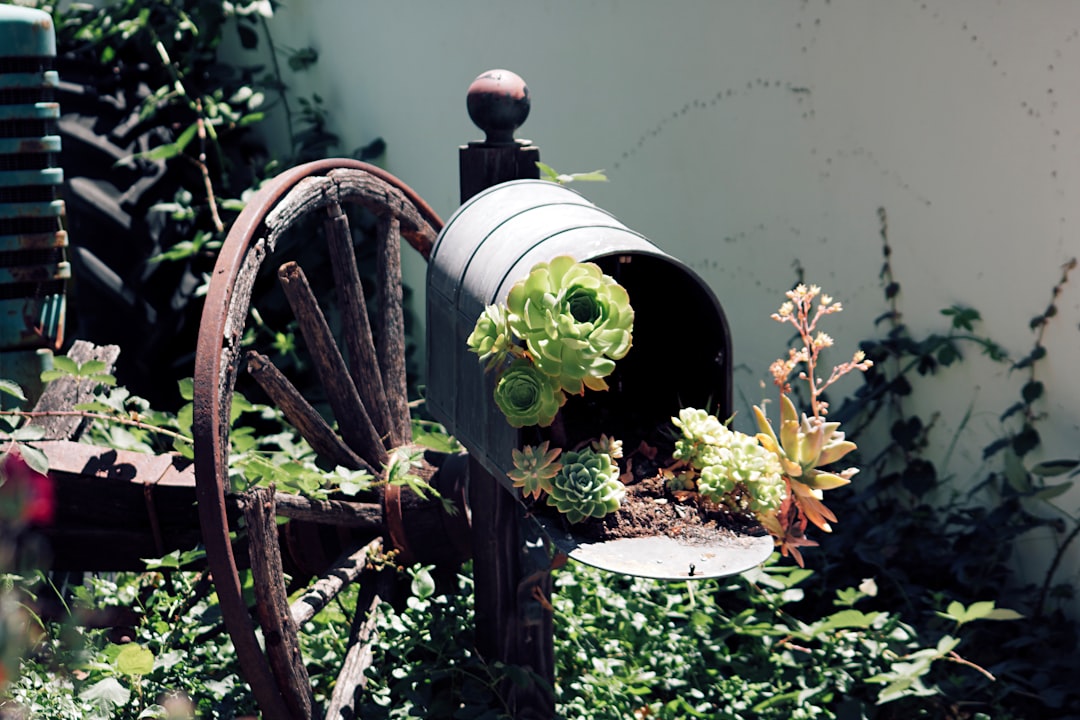Unveiling the Secrets of Spring-Blooming Summer Snowflake Bulbs

Spring is a magical time in the garden, and one of the most enchanting sights is the delicate beauty of summer snowflake flowers. These charming blooms, with their bell - shaped white petals and green markings, can transform any garden into a winter wonderland come spring. In this guide, we'll explore essential tips for growing these spring - blooming bulbs, from choosing the right bulbs to caring for them throughout the seasons.
Selecting the Right Bulbs
The first step in growing summer snowflake bulbs is to choose high - quality bulbs. When purchasing bulbs, look for ones that are firm, plump, and free from any signs of damage or mold. Larger bulbs generally produce more robust plants and more abundant flowers. You can buy bulbs from reputable nurseries, garden centers, or online retailers. Make sure to check the reviews and ratings of the seller to ensure you're getting good - quality bulbs.
Planting Time
Timing is crucial when it comes to planting summer snowflake bulbs. These bulbs should be planted in the fall, ideally 6 - 8 weeks before the first hard frost. Planting in the fall allows the bulbs to establish a strong root system during the cooler months. As the soil temperature cools down, the bulbs start to develop roots, which will support the growth of the plant in the spring. In most regions, September to October is the perfect time for planting summer snowflake bulbs.
Planting Location
Choose a planting location that receives partial to full sun. Summer snowflakes can tolerate some shade, but they will bloom more profusely in areas with adequate sunlight. The soil should be well - drained, rich in organic matter, and slightly acidic to neutral. Avoid planting bulbs in areas that are prone to waterlogging, as this can cause the bulbs to rot. You can improve the soil quality by adding compost or well - rotted manure before planting. This will not only provide essential nutrients but also improve the soil structure.
Planting Depth and Spacing
Dig a hole that is about 3 - 4 inches deep for each bulb. Place the bulb in the hole with the pointed end facing up. Space the bulbs about 3 - 6 inches apart to allow enough room for the plants to grow and spread. After placing the bulbs in the holes, cover them with soil and gently firm the soil around the bulbs. Water the area thoroughly to settle the soil and provide moisture for the bulbs to start root development.
Care and Maintenance
Once the bulbs are planted, they require minimal care. During the fall and winter, keep the soil moist but not waterlogged. In the spring, as the plants start to emerge, you can apply a balanced fertilizer to encourage healthy growth and blooming. Deadhead the flowers after they have faded to prevent the plant from expending energy on seed production. This will also help to keep the garden looking tidy. After the foliage has turned yellow and died back, you can cut it back to the ground.
Overwintering
Summer snowflake bulbs are generally hardy and can tolerate cold temperatures. However, in areas with extremely cold winters, you may want to add a layer of mulch over the planting area to protect the bulbs from freezing. A layer of straw, leaves, or shredded bark about 2 - 3 inches thick can provide adequate insulation. Remove the mulch in the spring as the soil starts to warm up to allow the plants to emerge.
Propagation
Over time, summer snowflake bulbs will naturalize and multiply. You can divide the bulbs every few years to prevent overcrowding. Wait until the foliage has died back in the summer, then carefully dig up the bulbs. Separate the offsets from the main bulb and replant them in a new location. Make sure to follow the same planting guidelines as for the original bulbs.
Pest and Disease Control
Summer snowflake bulbs are relatively pest - and disease - resistant. However, they can be susceptible to some common garden pests such as slugs and snails. You can control these pests by using organic slug pellets or by creating barriers around the plants. Fungal diseases can also occur in wet conditions. To prevent fungal infections, make sure the soil is well - drained and avoid overhead watering. If you notice any signs of disease, such as yellowing leaves or mold, remove the affected parts of the plant immediately.
In conclusion, growing summer snowflake bulbs is a rewarding experience that can bring a touch of elegance to your garden in the spring. By following these essential tips on choosing, planting, and caring for the bulbs, you can enjoy a beautiful display of these charming flowers year after year.